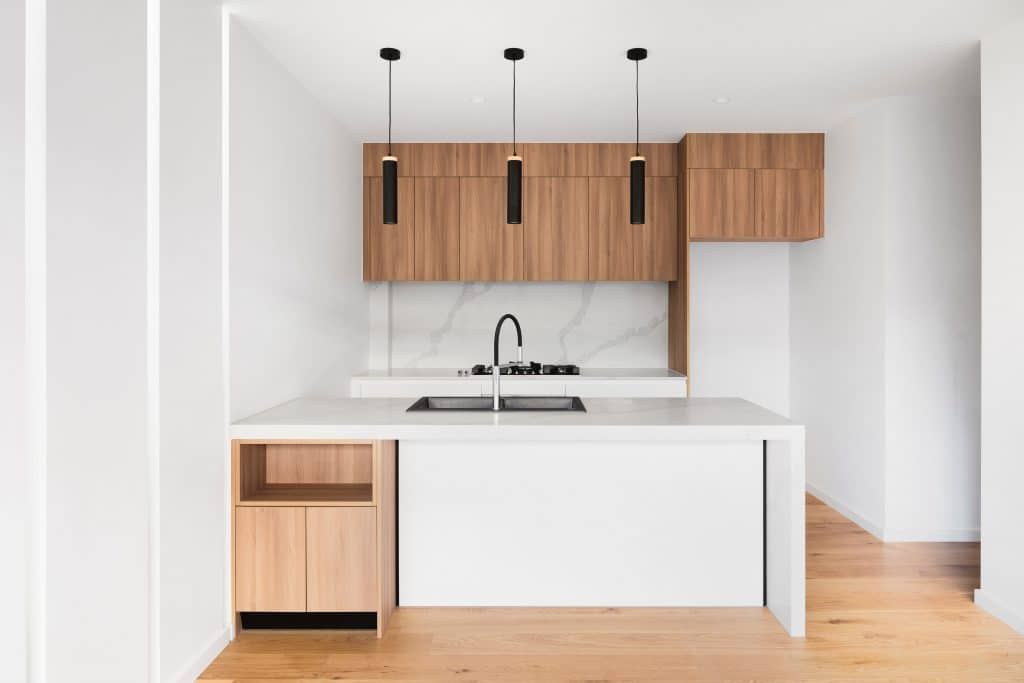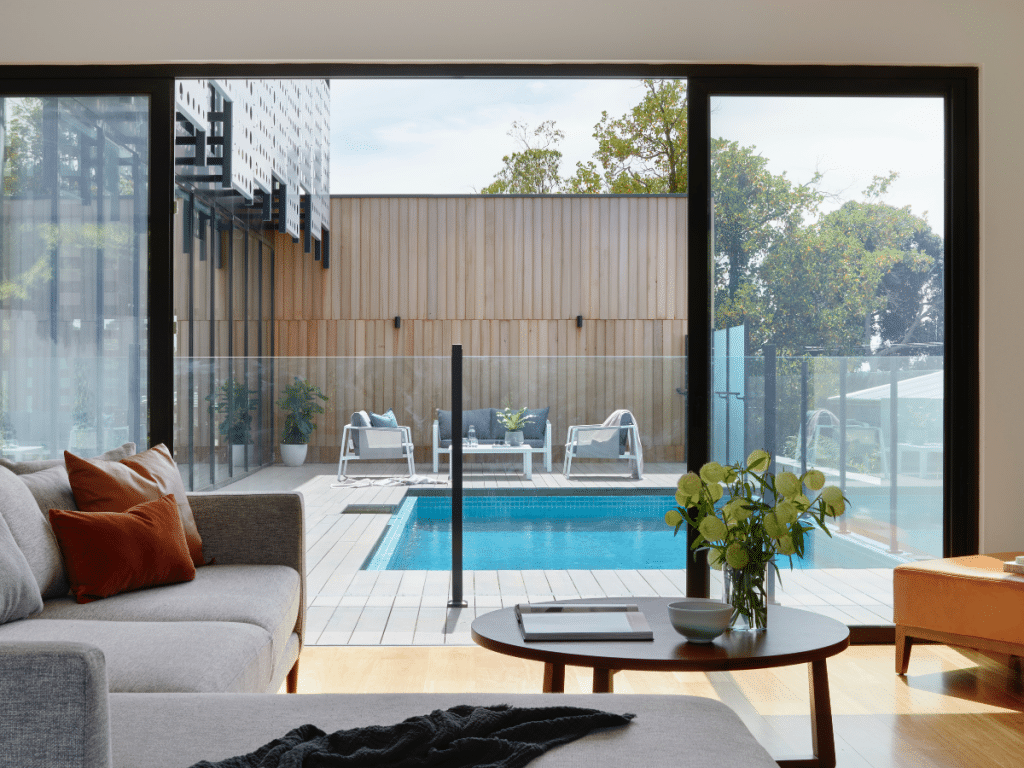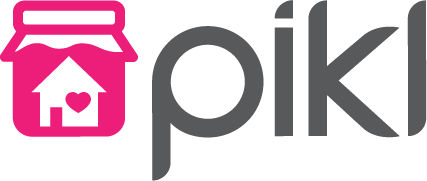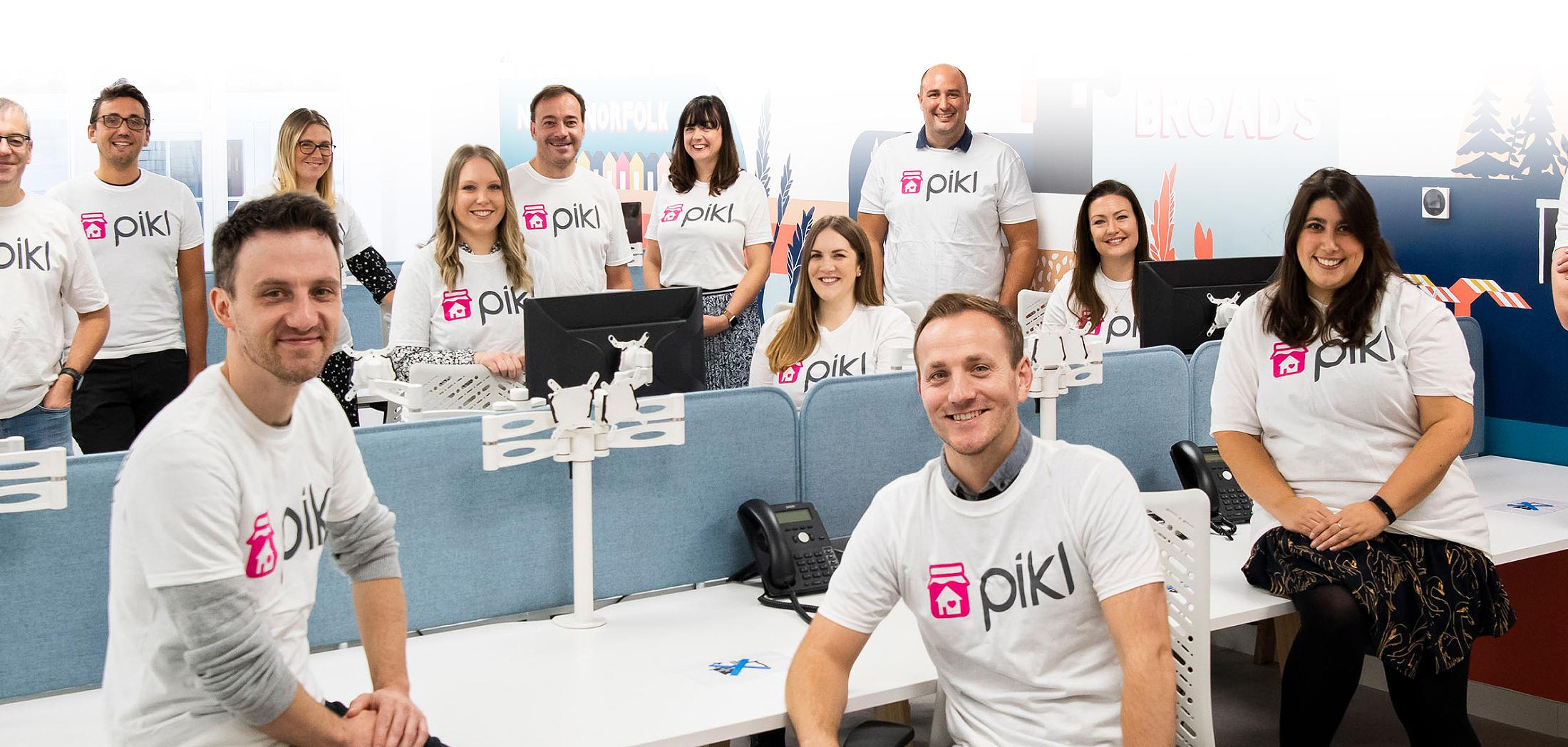Updated March 7th 2023
Holiday lets are a popular option amongst property investors due to high potential profits and other advantages. One of these benefits is qualifying for furnished holiday let tax status. Furnished holiday let tax rules can appear complicated. However, if you qualify then you stand to gain tax benefits and preferential rate relief.
In this guide, we’ll talk you through furnished holiday let criteria to help you understand what it is. We’ll also discuss the pros and cons that this tax status may bring to your holiday let efforts. As a part of the wider holiday home industry, we’ve ensured that we cover the most important points. Scroll down to read more.
Please note that our information regarding tax is for illustrative purposes only. If you have any specific tax queries, you may want to seek independent tax advice.
HMRC furnished holiday let rules
What if you don’t qualify for furnished holiday let tax status?
Holiday let tax rules and reliefs
Do you pay council tax on a holiday home?

HMRC furnished holiday let rules
A furnished holiday let (FHL) is a category acknowledged by the HMRC and depends on certain conditions being met. Remember that not all holiday-let properties fall under the FHL categorisation. If you’re only renting out your property on a casual basis, you won’t benefit from the FHL status. However, knowing whether you do or don’t meet the conditions is important to understand how you pay tax.
What is a furnished holiday let?
A furnished holiday let is an HMRC classification that applies to certain holiday homes in the UK and other areas. If your property is classed as a furnished holiday let, you’ll be eligible for unique tax considerations. These are important to understand in order to maximise your profitability.
As a furnished holiday let, property ownership is a business as opposed to traditional property investment. By contrast, buy-to-lets are viewed as investments. Being treated as a business means you’ll be eligible for certain tax relief schemes. These include holiday let capital allowances such as furniture and fixtures. We’ll walk you through how these incentives can help you later in this guide.
Insurance and furnished holiday lets
If you’re renting out your property as a holiday let, you could be investigated by the tax authorities regarding this income. An extensive insurance policy built specifically for holiday let activities should be able to cover you for this. Pikl’s holiday let insurance can provide a service in case you’re investigated by the HMRC for hosting activity. We also provide comprehensive cover for other guest-related issues. Click on the link below to get a quote today.

Furnished holiday let criteria
What qualifies as a furnished holiday let is subject to strict criteria. The property must:
- Be located in the UK or the EEA.
- It must be ‘adequately furnished’ – which means you should include all of the furniture required for normal occupation and any guests should have access to all of this furniture – so no hiding your favourite chair in a cupboard!
- The property must be commercially let, with the owner intending to make a profit. Don’t worry if you fail to meet booking expectations in a year because you don’t actually need to profit from the let, but your intention and activities must imply you operated it for profit.
- It must meet the occupancy conditions outlined below.
The FHL must also meet the three HMRC occupation conditions which are determined through a self-test. Apply these tests for the current tax year if you already have a pre-existing let. A new let should be tested for the first 12 months following your first letting date. If you’re ending a let, the test will be retroactively applied 12 months before the let ends.
HMRC Occupancy conditions
The three critical conditions to test your property against are as follows:
- Pattern of occupancy: You need to assess long stays that exceed 31 days. If these stays exceed 155 days in the assessment year, your property won’t be classed as an FHL. This is particularly important for buy-to-let landlords who want to explore letting property to holiday guests between tenancies, as the tenancy stays will likely exclude you.
- Availability: The property must be available to let for at least 210 days of the year. If you stayed at the property during any of these days, it wouldn’t count.
- Letting: While you have to make a property available to be let for 210 days, you only need to book at least 105 days of successful letting to qualify as an FHL. Friends, relatives or reduced-rate lettings don’t count as commercial, therefore don’t qualify.
Furnished holiday let status for multiple properties
For owners of multiple holiday lets, it might not be easy to determine which do and don’t meet the FHL criteria. Fortunately, there’s an averaging election rule that comes into play to help. This allows you to take the occupancy of all your properties across the year and use their average to determine FHL status.
If, for example, you had three properties and let two for 105+ days, but one fell short, you’d average all three to see if you meet FHL conditions.

What if you don’t qualify for furnished holiday let tax status?
If your property doesn’t qualify for FHL status, there may be other types of tax benefits you can qualify for. For Airbnb hosts renting out a property you live in, we’d recommend you check out our Airbnb taxes guide. In that article, we discuss a variety of different ways that tax applies to hosts in that kind of scenario from VAT to the Rent a Room Scheme. Click on the link above to find out more.
Below are some other holiday let tax rules and relief for you to consider.
Holiday let tax rules and relief
Many different tax considerations apply to holiday lets from both the property and business sides of things. You’ll need to assess issues like stamp duty, council tax and business tax topics like self-assessment and VAT. We’ve covered many topics, but you’ll need to contact an accountant if you want to dig deeper.
Self-assessment and deductions
As an owner, you’ll need to complete some form of income self-assessment to work out how much tax you owe to HMRC. If your property qualifies as an FHL, you’ll also need to offset a number of things to be as tax efficient as possible and save money.
Firstly, you can reduce tax by deducting holiday let mortgage interest from your total profits for the year. This means your FHL business has less profit when tax is calculated, so your overall tax bill will be cheaper.
Secondly, you’ll also be able to claim capital allowances to allow you to deduct purchased items such as furniture, fixtures and fittings from your profit when tax is calculated.
Thirdly, you can reduce tax liabilities further by offsetting any potential ‘allowable expenses’ against total revenue. These expenses can include utility bills, maintenance, cleaning, and even letting agent fees. This means you can actually benefit tax-wise from investing in advertising and management services for your let.
Finally, you can also leverage pension contributions as a means to reduce tax liabilities. For example, if you make profits from your FHL, any pension contributions will be subtracted from total profits to further lower your tax bill.
All of these measures are aimed at creating a competitive holiday letting industry in the UK. While FHL tax rules are fairly well established, speak to an accountant for further questions you may have.
Stamp duty on second homes
If you’re acquiring a new property to use as a holiday let, you might need to pay stamp duty depending on the property’s features and intended use. Furnished holiday let stamp duty is levied because these types of properties are viewed as a dwelling. The furnished holiday let stamp duty charges will be a percentage of the value of the property.

Do you pay council tax on a holiday home?
Authorities levy holiday let council tax against any property you own and live in for some of the year. Business rates are charged against any commercial building, including holiday lets you own but never reside in.
In many cases, you won’t have to pay council tax on a holiday home provided you rent it out. Instead, you’ll need to register for business rates which are calculated by your local authority. To be charged business rates, your property must be available for a certain number of days each year. Unlike FHL criteria, this is just 140 days per year rather than 210. You also need to prove that it’s being rented out for a minimum of 70 days a year.
Simply put, any property that meets FHL criteria will also meet the council’s criteria for business rates. This is good news. Business rates are generally cheaper than council tax. There are reliefs you can apply for to reduce the cost even further in addition to this.
Business rates are based on your property’s ‘rateable value’, a metric calculated by the Valuation Office Agency (VOA). This value is based on your property’s size, guest limits, and annual turnover. The larger and more successful your property is, the higher this value will be.
There are a few different measures available to mitigate the burden of paying business rates. For example, if your property remains unoccupied, you’ll become exempt from paying rates for up to 3 months in most cases. If you had to pause all letting due to an emergency, you wouldn’t have to worry about a large business rate bill.

Is there VAT on holiday lets?
Despite the many furnished holiday lettings tax rule advantages, one key issue is that of VAT. Residential letting income is VAT exempt no matter how much revenue you make. However FHL income is not and is charged whenever you earn over the £90,000 VAT threshold.
This threshold is calculated based on a rolling 12-month period rather than a fixed calendar year like self-assessment. VAT applies to the entirety of your business as a taxpayer. So, if you’ve got other commercial properties under the same taxable entity the income from those will count towards VAT.
As an FHL owner, you must register for VAT if you expect to earn £90,000 or above in turnover. Unfortunately, guests are not VAT registered. You’ll need to absorb the extra 20% into your prices to cover VAT charges, potentially dissuading guests from booking. It’s critical, therefore, that holiday let owners assess their potential earnings and begin accounting for VAT as early as possible.
Realistically, those with a single holiday let may never hit the VAT limit. This is because you’d need to earn over £1600 every week of the year to come close to the £90,000 threshold. The picture becomes more complex once you let multiple properties as you’ll need to count all consolidated income.
VAT registration has some benefits, as it enables you to claim VAT back from business-related purchases. However, some things are not claimable as a deductible expense. You’ll need to be careful when submitting claims.

The flat rate scheme
Explore the flat rate scheme or ‘FRS’ if you’re worried about VAT. This scheme sees you charged the standard 20% VAT, but you only have to pay a flat 10.5% of your VAT-inclusive turnover. You also get a 1% discount in the first year (so you’d only pay 9.5%). The downside to the FRS is that you can’t then reclaim VAT for capital goods or other business expenditures. Speak to a tax professional first before making a decision.
We hope this guide has been helpful. As always with specialist topics, discuss any questions with an expert. Don’t forget to protect your investment with our insurance and join our network of successful holiday let owners today.
Looking for holiday let insurance?
We offer insurance for holiday letting, which includes cover for theft, malicious or accidental damage, public liability and more. By getting a quote you can compare prices for specialist cover across a panel of insurers.
Read more of our holiday letting guides
Whether you’re just getting started in holiday letting or are an existing homeowner, take a look at our full selection of holiday letting guides.



